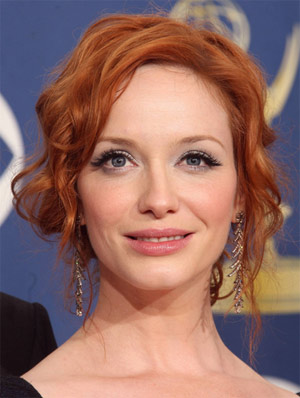Communicating with Your Graphic Designer
Communication with your graphic designer is an essential part of making sure your artwork represents your company. Good communication up front will also save you time and money. The better your designer knows ahead of time what you are looking for, the fewer rounds of revisions you will have to go through and the fewer dollars you will be charged.
When you go to get your haircut, if you get the same haircut every time with the same hair stylist, you shouldn’t have any surprises. Your communication is less important because they already know exactly how you like your hair cut. However, if you go to a new salon and are thinking about getting a totally new look, it behooves you to do a little legwork ahead of time. You wouldn’t want to come out with an expensive die job that you absolutely hate.
As with a haircut, having examples of what you like to show to your graphic designer is one of the most helpful things you can do. This shows what range of styles you like, what kind of colors you like, what fonts appeal to you and more. Sometimes it may be difficult to explain why you like or dislike a piece, but it should be easy to point out overall pieces that you do like or don’t like.
Try to Be Specific
If you say you want your logo to be blue, there are practically infinite possibilities for various shades of blue. Find a blue that you like (from a magazine or a piece of ribbon) and send it to your designer. Better yet, go to a local print shop and look at their PANTONE swatchbook to pick out colors. That is the best way to get the colors you want. (Although please note that color varies from printer to printer and monitor to monitor, but that’s another article altogether).

…and so does this woman. Which red dye were you thinking? When in questions, show a photo to your hair stylist. The same principle works with your graphic designer. “Show don’t tell” for effective communication.
Showing vs. Telling
If you have some computer skills, it may be helpful to compile the information for your flier or brochure yourself in a Word Document or other program to show the placement of elements and which descriptions go with what photos, etc. The designer won’t be actually designing the brochure in Word, but it will still be extremely helpful for you to have organized your thoughts and content.
Even sketching it out could be an effective way of communication. Whether you have a logo idea, or you have a vision for how your home page should be organized, you don’t need serious art skills to get a quick concept down on paper.
When doing revisions, it can be helpful to print out the piece being designed and mark it up with your revisions (rather than trying to explain via email or over the phone which photo you are talking about moving to which brochure panel. etc.).
Effective communication is an invaluable skill that is used in every business. If you are having trouble communicating your ideas with your designer, try some different tactics. Often showing is better than telling.


